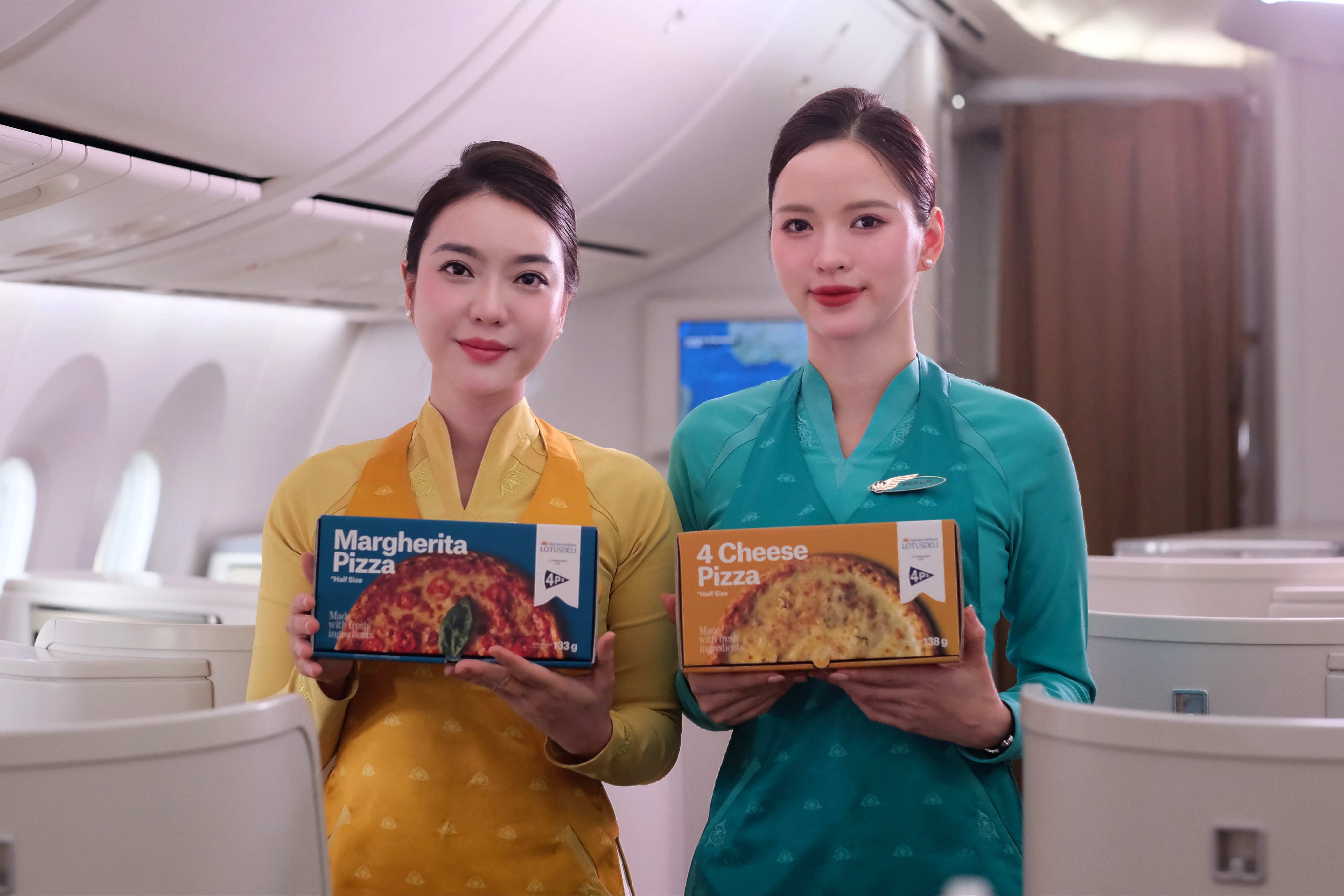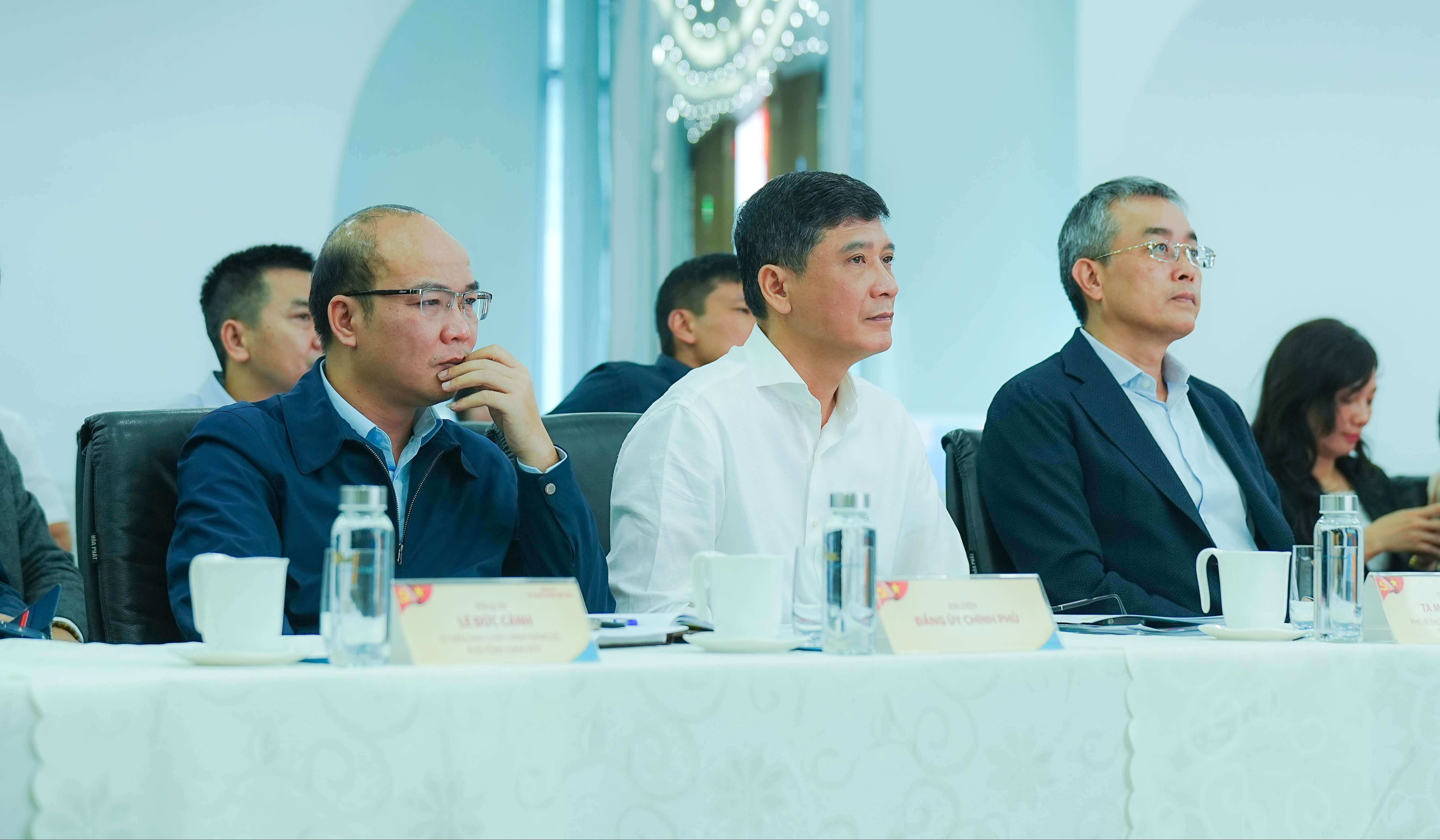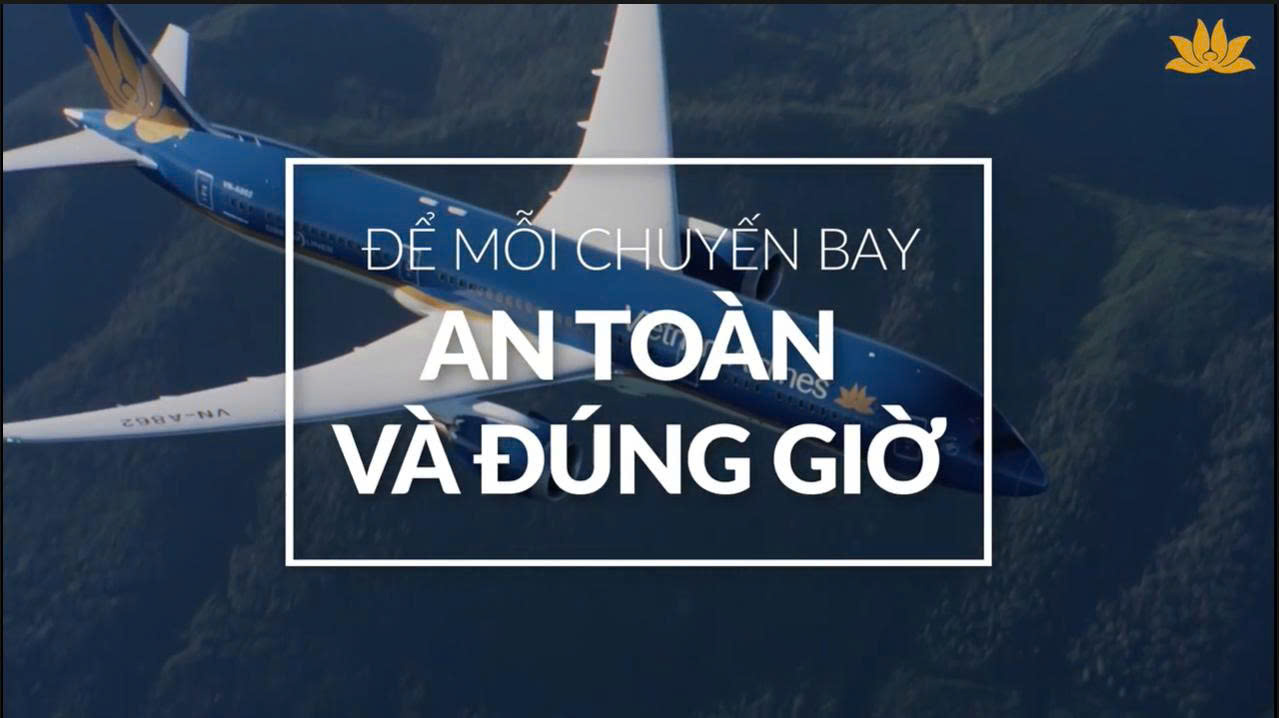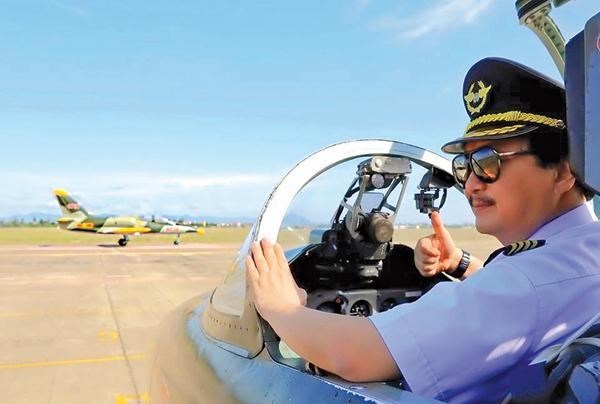
Captain Nguyen Nam Lien – The Principal of Viet Flight Training Center
Pilots must learn a lifetime
Q: You have been a pilot for 38 years, so what brought you to this job?
A: I became a pilot thanks to my mother. When I was a little boy, whenever she encouraged me to eat, my mother always said, "Try to eat well, you will soon become a pilot."
From my childhood, in my eyes, the combat pilots were idols, a kind of spiritual heroes. From that, my love and passion for flying had begun. When I grew up, I chose to become a pilot, because at that moment I really understood my most burning dream was to fly.
Q: In your opinion, what are the characteristics of a good pilot?
A: Know how to use your superior skills to avoid having to use those skills. It's essentially focusing on preventing a disease rather than finding a cure.
In aviation, 80% of aircraft crashes while still in good use. Many people are surprised by this, because they often think that the cause of the plane crash is weather or technical. That’s incorrect. Pilots are trained all their life to handle weather situations. We touch a switch that we have touched thousands of times in our life but we are not allowed to turn it on or off, we had to ask our colleagues to do so. Why? Because the profession of the pilot does not allow errors, because the price is not only his life, but also hundreds of passengers behind his back.
In fact, what is required for each pilot is encapsulated in three acronyms: KSA (Knowledge, Skill and Attitude). In particular, the A is the one that "kills" the pilot more than anything else. Most of the accidents today are people killing aircraft, not the other way around.
Many people say that the aircraft is now too modern and the pilots' job is simply to press the button. But it is important to decide which buttons to press and when. We fly up with intelligence and knowledge, not by muscle or instinct.
Q: So what do you usually say to newcomers to the profession?
A: The more modern the plane, the greater the challenge for pilots, and one of the greatest challenges is Complacence. Complacence in flying can lead to immeasurable danger.
There is one thing that many people do not know, as for pilots, it’s never enough to study a few years for a certificate, but one has to learn a lifetime. Each captain's license is valid for only 5 years. Every year, every captain must pass 9 examinations to keep his certificate valid.
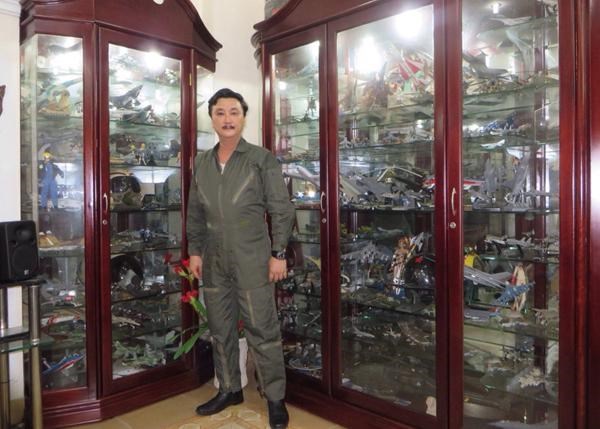
Captain Nguyen Nam Lien is the owner of the largest collection of aircraft models in Vietnam, with nearly 1,000 units. He also has the largest private aviation library in Vietnam. The books in this library, as he says, "are so many to the degree that I can’t be rich even though my salary as a captain is not low.”
Only passion does not change
Q: You are known as "captain of the captain", the source of inspiration for many generations of Vietnamese pilots. How many pilots have been trained by you?
A: I started working as a pilot teacher in 1987 and now runs the Viet Flight Training Center. I have a thought that if I were a teacher of Boeing 787, 797 or whatever, the meaning of my life would not change much. I realize I have to do something, to leave something for this life. That's why I join Viet Flight Training Center, to spread the dream and to spark the fire in the youth here. I accompany them with all my passion, follow them both when they are successful or bitter. I put all my dignity and honor in each pilot I trained.
By now, I have more than a thousand students, from air force to civil aviation.
Q: Your two sons have become your colleagues. Is it due to your direction?
A: Each parent teaches their child in different ways. For me, I always pay attention to what my sons are passionate about and help them nurture that passion.
The urge to write books
Q: Many people say that you have many talents such as: singing, painting, drawing … Your comic books representing the war was very popular. Can you share more about these comic books?
A: The first cartoon I painted in 1983 was named “The Battle”, as a cadet of Nha Trang Air Force Academy. I wanted to draw comic books so that young generations could know about the hero pilots' accomplishments of previous generation.
Furthermore, I wanted to draw to say that “this is the view of the pilots in the sky”. The comic books at that time were not accurate, they represented just the view of the artists. In 1987, I painted the second book “One-to-One”. This book has received very good feedback from readers.
Q: You are also the co-author of the book " Aerial warfare in the Skies of Vietnam from 1965 to 1975." Why did you want to write this book?
A: As I said, from childhood I really admired the pilots. Growing up, I had the honor of being in the ranks of them – fighter pilots of the Vietnam People's Air Force. In 1990, I left the air force to join civil aviation. At that time, I had the opportunity to go abroad a lot, find tons of documents aerial warfare from the perspective of the other side. At that time, I began to think that I had to write a book from the views of both sides. Although not a professional writer, I was always motivated, even obsessed that I was carrying a debt with unknown heroes.
Internal Communications Team




